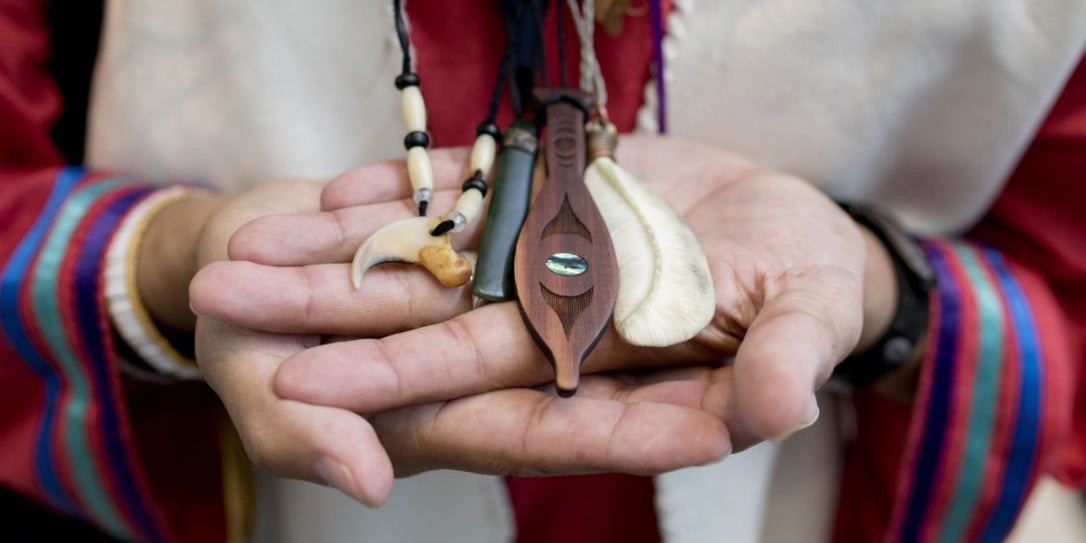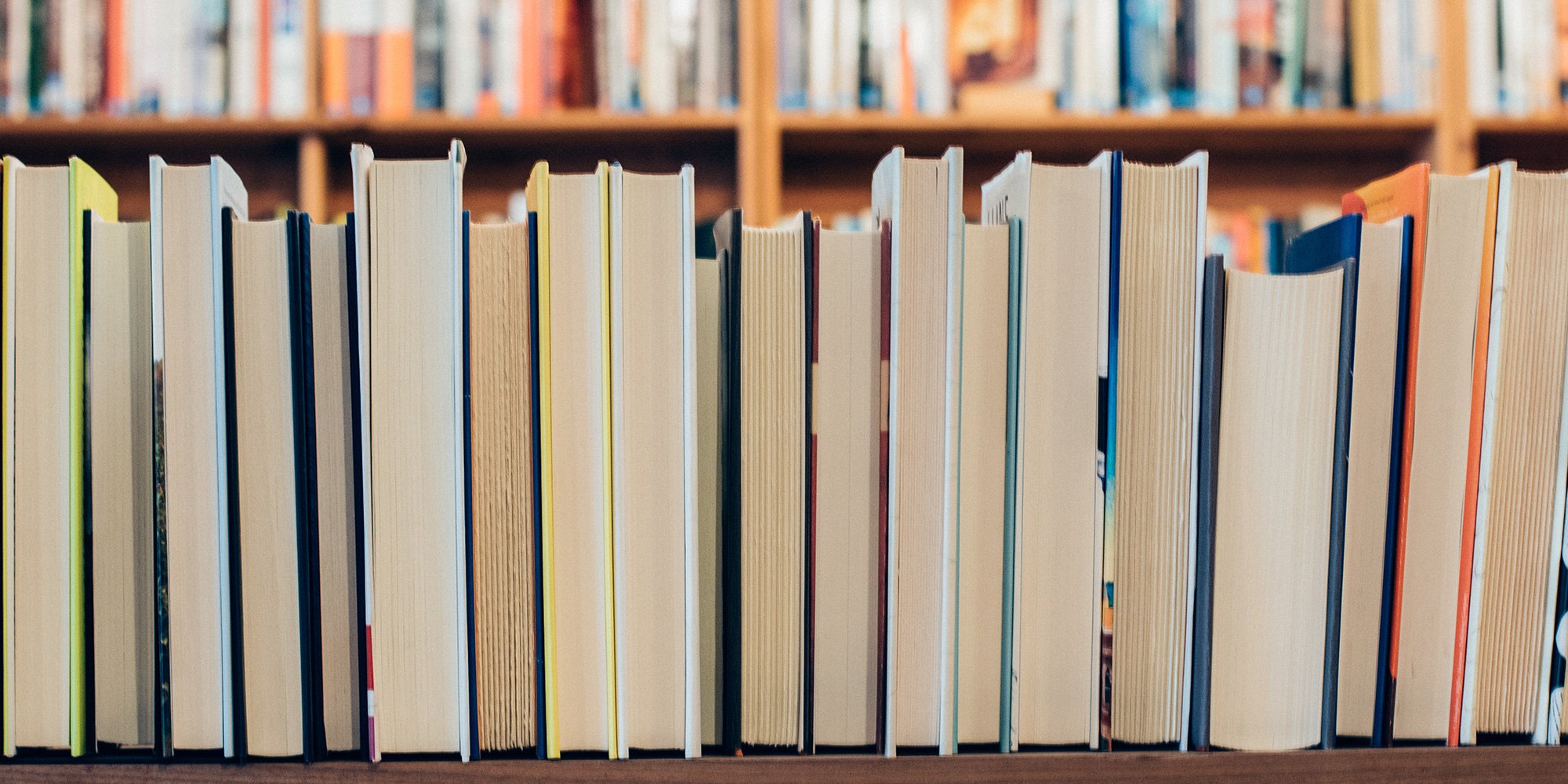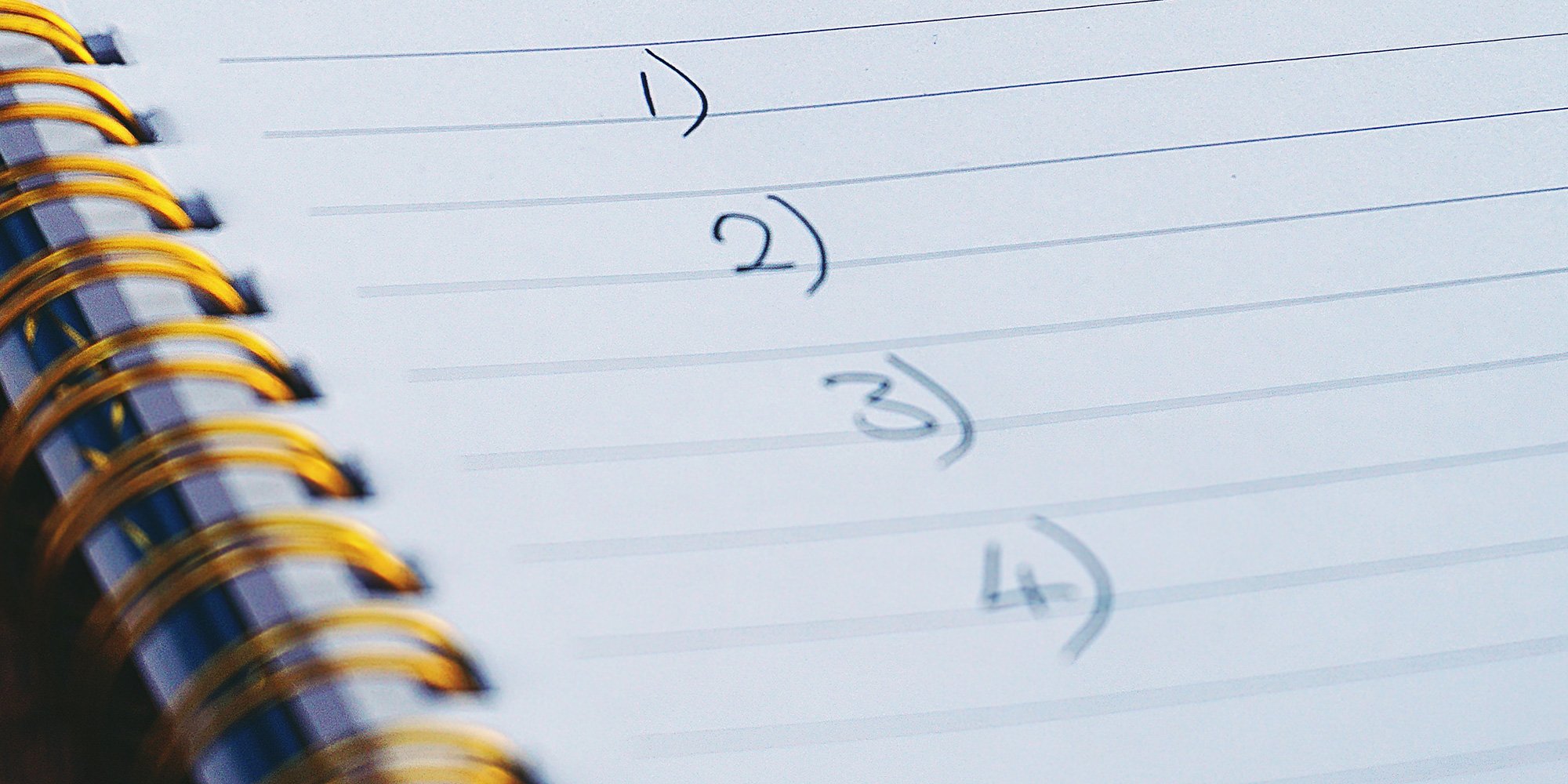2 min read
What does traditional consensus decision making mean?
"The art of consensus decision making is dying. We are greatly concerned that Aboriginal people are increasingly equating ‘democracy’ with the act of...
2 min read
"The art of consensus decision making is dying. We are greatly concerned that Aboriginal people are increasingly equating ‘democracy’ with the act of...

3 min read
Indigenous languages are struggling to survive. With the number of Indigenous language speakers on the decline, some of these languages are on the...

2 min read
Decolonization Decolonization once viewed as the formal process of handing over the instruments of government, is now recognized as a long-term...

2 min read
Carbon tax is a form of pollution tax. It levies a fee on the production, distribution or use of fossil fuels based on how much carbon their...

1 min read
Education for reconciliation We call upon the Council of Ministers of Education, Canada to maintain an annual commitment to Aboriginal education...

3 min read
When an Indian woman marries outside the band, whether a non-treaty Indian or a white man, it is in the interest of the Department, and in her...

4 min read
We’ve talked about the definition of Indigenous Peoples and the constitutional significance of Indigenous or Aboriginal. In this article, we drill...

2 min read
The implications of choosing Indigenous are significant. In October 2015, Prime Minister-designate Justin Trudeau used the term Indigenous in his...

5 min read
The Commission believes that in the coming years, media outlets and journalists will greatly influence whether or not reconciliation ultimately...

2 min read
There’s a growing interest in Indigenous cultural competency in Canada and it’s very heartening to witness this change in attitude in government, the...